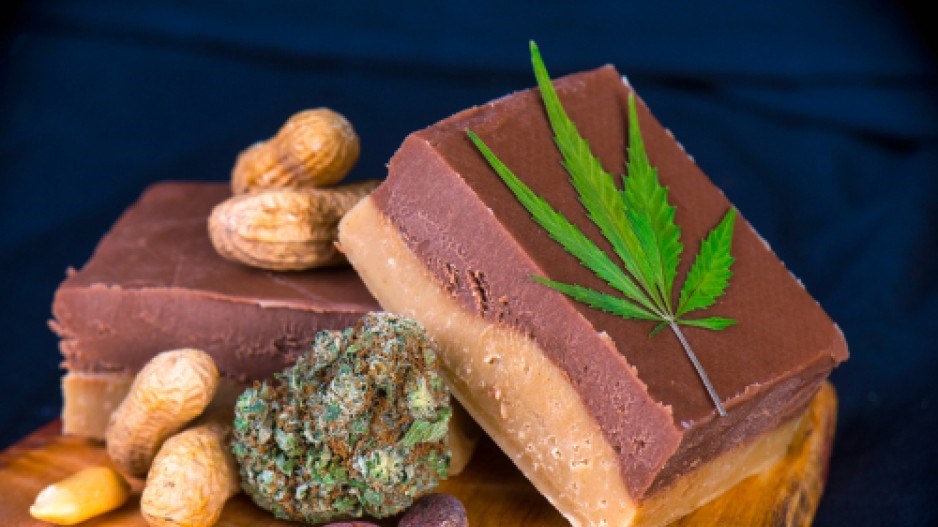If you can eat it, drink it or somehow otherwise consume it, there’s a high probability that someone has already tried to mix it with cannabis. And by October 2019, it will be legal.
The federal government has revealed its plan for the next stage of Cannabis legalization, announcing proposed rules to govern additional cannabis products including edibles, cannabis infused drinks as well as cannabis extracts. Health Canada has also launched a 60-day public consultation on the draft regulations where the public is invited to comment and provide input.
The Canadian edibles sector is expected to be a $4 billion industry in Canada and the U.S. by 2022 according to ArcView Market research. However, that pales in comparison to Deliotte's estimate of $12 to $22 billion.
One of the most significant restrictions is a ban on adding alcohol to cannabis food and beverage products. There is also a ban on the addition of nicotine, caffeine, sweeteners, sugars and colours to cannabis extracts. In addition, no cannabis products can have elements that would associate it with alcohol or alcohol brands.
Both food and beverage products are limited to 10 mg of THC per container, the psychoactive component of cannabis. Concentrated THC products have a maximum package size of 7.5 grams and inhaled cannabis extracts are limited to a package size of 90 ml.
Edible products must also be shelf stable and not require freezing or refrigeration. The use of meat, fish and poultry products is also banned unless it is dried. The curing of the animal product must also be done by someone authorized under provincial law and in a facility separate from other food production. In fact, no cannabis edibles can be produced in a facility that also produces non-cannabis food.
Like cannabis flowers, there are also strict rules on labeling and packaging. Additional cannabis products must be sold in plain, child resistant packaging with labels that are not appealing to children. Products must also have a nutritional facts table like what is on other food products as well as the THC/CBD content, ingredient list and a health-warning message.




